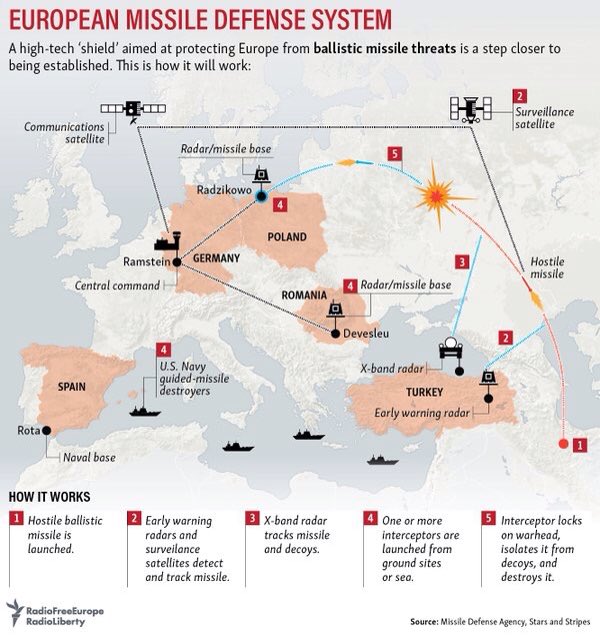Today, when reporters questioned Josh Earnest about the Obamacare lawsuit loss to the House, his response: “They’ve been losing for 6 years and they’ll lose it again”. The judge ordered a ‘stay’ on the money.
FNC: A federal judge ruled Thursday for House Republicans in a challenge brought against the Obama administration over the legality of certain spending under ObamaCare.
U.S. District Judge Rosemary Collyer ruled the spending unconstitutional — while putting the decision on hold pending appeal.
The ruling Thursday marks a win for House Republicans who brought the politically charged legal challenge, and a legal setback for the administration.
“Today’s ruling by the DC federal court is an important step toward restoring the separation of powers and stopping President Obama’s power grab. The Constitution is very clear: it is Congress’ job to write our laws and it is the President’s duty to enforce them,” House Judiciary Committee Chairman Bob Goodlatte, R-Va., said in a statement.
At issue was a $175 million program authorizing payments to insurers that Republicans claimed were not appropriated by Congress. On the question of whether the money could be distributed anyway under another program, Collyer wrote in her opinion: “It cannot.”
“None of the Secretaries’ extra-textual arguments – whether based on economics, ‘unintended’ results, or legislative history – is persuasive,” she wrote. “The Court will enter judgment in favor of the House of Representatives and enjoin the use of unappropriated monies to fund reimbursements due to insurers” under that section.
Collyer said the law is “clear,” and money was not allocated for that program.
She then said she would stay the injunction, giving the administration a chance to appeal. Collyer, with the U.S. District Court for the District of Columbia, is a George W. Bush appointee nominated in 2002.
The controversial payments to insurers were meant to reimburse them over a decade to reduce co-payments for lower-income people.
The House argued that Congress never specifically appropriated that money and denied an administration request for it, but that the administration is spending the money anyway.
The White House previously described the case as a “partisan attack” and predicted it would be dismissed.
Asked Thursday about the latest decision, White House Press Secretary Josh Earnest said this isn’t Republicans’ first legal fight over ObamaCare but warned “they’ll lose it again.”
He reiterated that the administration is confident in its legal arguments here.
The administration is expected to appeal Thursday’s ruling to the U.S. Court of Appeals for the District of Columbia Circuit.
****
“Paying out Section 1402 reimbursements without an appropriation thus violates the Constitution,” Collyer wrote in her decision. “Congress authorized reduced cost sharing but did not appropriate monies for it, in the FY 2014 budget or since. Congress is the only source for such an appropriation, and no public money can be spent without one.”
The ruling is not final; the Obama administration will near certainly appeal this ruling to an appellate court.
While the Affordable Care Act authorized these cost-sharing subsidies when it was passed in 2010, the House lawsuit says it never appropriated the necessary funding to be sent over to Health and Human Services. Here’s the relevant bit of the lawsuit on this issue:
Congress has not appropriated any funds for Section 1402 Offset Program payments to Insurers for Fiscal Years 2014 or 2015.
Notwithstanding the lack of any congressional appropriation for Section 1402 Offset Program payments, defendants [Jack] Lew and the Treasury Department, at the direction of defendants [Sylvia] Burwell and HHS, began making Section 1402 Offset Program payments to Insurers in January 2014, and, upon information and belief, continues to make such payments.
The Office of Management and Budget (“OMB”) has reported that Section 1402 Offset Program payments to Insurers for Fiscal Year 2014 were estimated to be $3.978 billion. Later, the lawsuit argues that “the House has been injured, and will continue to be injured, by the unconstitutional actions of defendants [Treasury Secretary Jack] Lew … which, among other things, usurp the House’s legislative authority.” More here from Vox.

